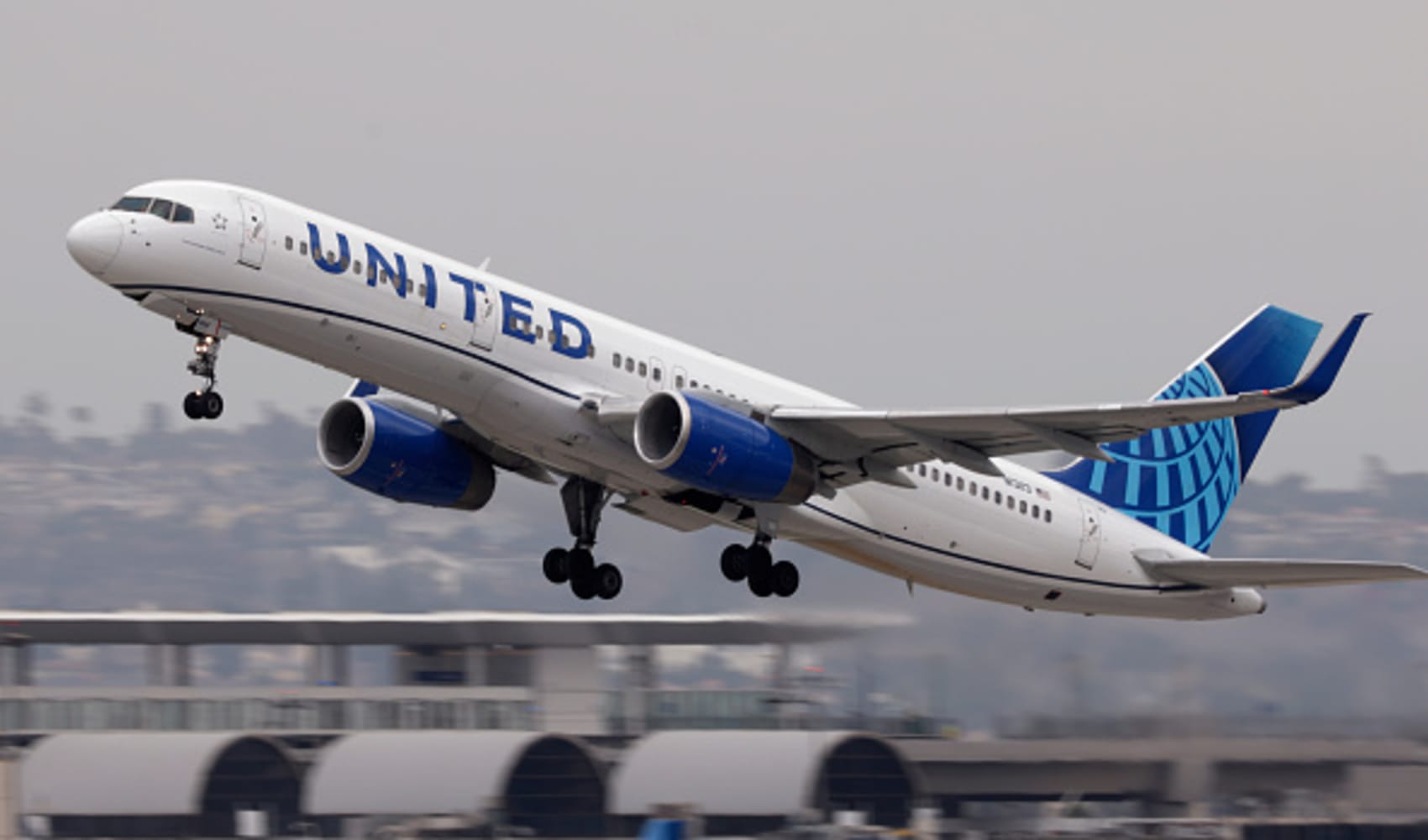A draft of the report issued last month vouching for testing that has been done at Hunters Point Naval Shipyard -- obtained by NBC Bay Area -- shows the panel was far less enthusiastic about the testing process than the final report indicates, triggering questions by critics about whether the panel succumbed to pressure following a meeting with San Francisco city officials.
Last month, four scientists released a report that declared the surface scan testing done to date at a developed part of the shipyard known as Parcel A was "appropriate as a health and safety survey." That brought outrage from critics who advocate for testing of the soil deeper in the ground to make sure the site is not contaminated by radiation found in other locations nearby.
In the first version of the report, presented late last year to Mayor London Breed and other top San Francisco officials, the panel said that while topsoil scan findings were "reassuring," "they do not prove that other radioactive materials may not be buried deeper in the soil of the parcel."
The final version of the report, issued in January, did not have any language casting doubt about the surface tests. Instead, it simply declared the testing done in 2018 as approporiate and stressed that further testing would be unlikely to find more radiation because of the site's use as officer housing and the fact that much of its topsoil had been removed during construction.
Critics of the test effort seized on the two different versions as raising questions about the integrity of the process.
"This is not a minor change, this is trying to change the entire spin," said Daniel Hirsch, the retired director of the Environmental and Nuclear Policy Program at UC Santa Cruz. He is a longtime cleanup critic who has pushed for deeper soil testing at Parcel A at Hunter’s Point. “The original draft said one thing, the final draft said almost the opposite and in between there was a meeting with the mayor and other city officials.”
The revisions followed a meeting between the four UC scientists, Mayor Breed and representatives of the City Attorney's Office and the Public Health Department. The head of the panel, Dr. John Balmes, stressed "the city did not ask us to change our findings at all" at the meeting.
Local
Balmes said the key finding the panel had about Parcel A -- that deep soil tests would be disruptive and unlikely to find contamination at the officer housing site -- never changed. But he did acknowledge in an interview with NBC Bay Area that some language was added after Tomas Aragon, a top city public health official, wanted details on how state Department of Public Health officials carried out the tests.
“Dr. Aragon said you need to have context about the CDPH testing. So, I wrote a new paragraph about the CDPH testing. But they did not ask us to change our results at all.”
Still, the community outcry at a recent neighborhood meeting left Dr. Balmes wondering how the panel's findings might be misinterpreted and "that we may have done a disservice to the community in the sense that, as several people said, our report will be used by people who want to develop the shipyard as a clean bill of health, which we were not trying to give.”



